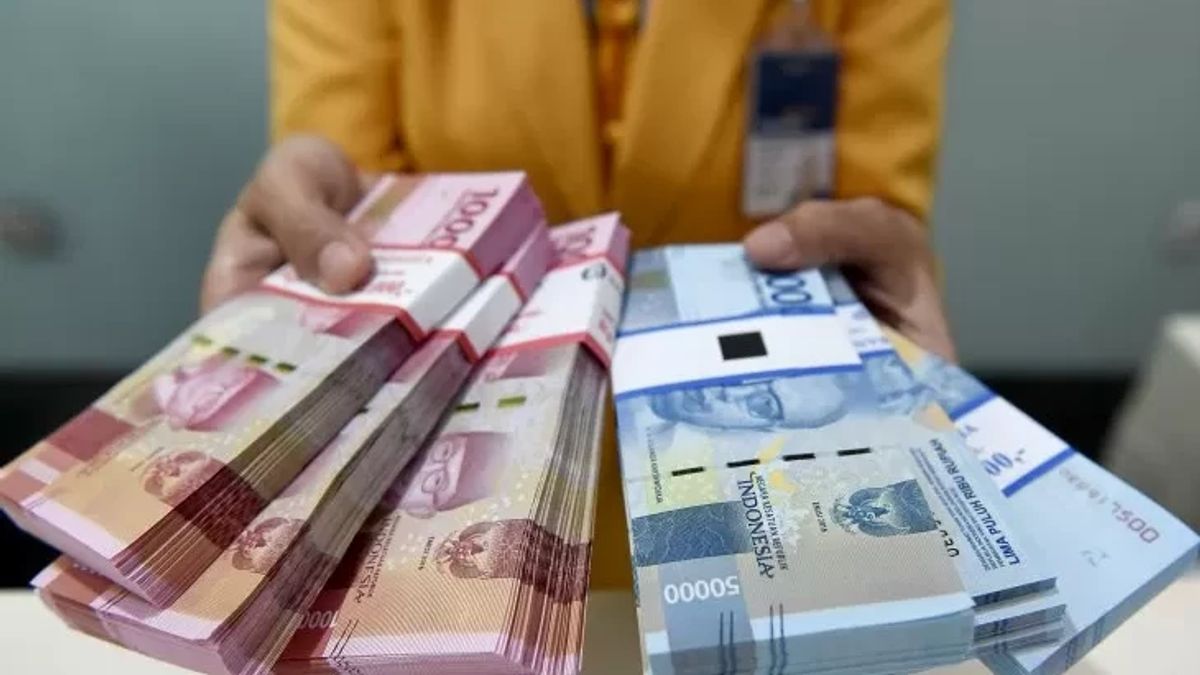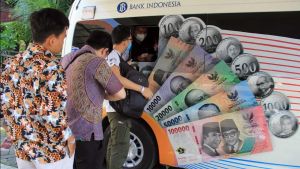JAKARTA - The performance of State-Owned Enterprises (BUMN) banks is considered to have gone through strict procedures in accordance with high precautionary principles.
Senior Economist Ryan Kiryanto said that the distribution of Himbara bank credit is not as easy as some people imagine.
"In addition to being obliged to apply the principle of prudential banking, they also have a long credit decision-making hierarchy," said senior economist Ryan Kiryanto quoting Antara, Tuesday, February 28.
Ryan said that like other private banks and multifinance institutions, the state-owned bank also applies the principles of 5C (character, capacity, capital, condition, and colllateral) in analyzing credit eligibility.
The results of the analysis with 5C principles are then used as a consideration in making a credit-provision feasibility decision.
"All loans disbursed by Himbara bank are in accordance with prudent procedures for business corporate and consumer activities. Therefore, it is not surprising that Himbara bank credit has been able to encourage Indonesia's economic growth," he said.
According to him, through professional credit analysts, banks or financing institutions will be able to determine the amount of credit provided according to the objective needs of prospective debtors. This will ensure that the credit facilities provided will remain smooth until the credit maturity is over.
He detailed that in the Credit Approval Authority (CAA) based on the principle of analytical hierarchy process (AHP) there are several layers of credit decision making, namely the credit committee, consisting of several members of the board of directors and heads of credit divisions, directors of credit, to divisions, regional heads, and branch heads. (credit center).
In maintaining the precautionary principle, Ryan continued, banks must carry out a number of analyzes, such as first, analyzing the character of prospective debtors, analyzing capacity or capability for the ability of prospective debtors in managing their business, analyzing conditions, analyzing capital, and analyzing the adequacy of the guarantee value.
Ryan also explained that one indicator of the contribution of Himbara bank credit distribution in national economic growth can be seen from several factors, including the low level of the Himbara bank NPL ratio.
According to Ryan, their NPL grosses are less than three percent, while net to NPL is below one percent. This is more due to economic disruptions such as pandemics and export disruptions due to the Russia-Ukraine war.
"That's what makes a small number of debtors in state-owned banks experience a business failure. However, if we look at the small NPL presentation, it confirms that the procedural at state-owned banks, in the context of lending, is already on track," he said.
Meanwhile, the contribution of state-owned banks to the interests of the nation, according to Ryan, can be seen from the amount of taxes and dividends given to the government, in this case the Ministry of SOEs and productive loans provided such as investment credit, working capital, and small-scale credit (MSMEs) including people's business loans (KUR).
"With BRI's profit of IDR 51 trillion, Mandiri IDR 40 trillion, BNI IDR 18 trillion, we can imagine how much tax these three banks have given. So, the taxes given by state-owned banks are very significant, he will enter the state budget revenue post," he said.
Ryan added that BUMN banks are pioneers in the distribution of KUR, because they have more branch offices and outlets to channel credit to MSME debtors who are not yet bankable.
"This is the real role of state-owned banks in the context of credit. Not only that, state-owned banks also open and absorb jobs, improve welfare, reduce poverty and so on. This means that the credit disbursed by state-owned banks creates a multiplier effect," said Ryan Kiryanto.
The English, Chinese, Japanese, Arabic, and French versions are automatically generated by the AI. So there may still be inaccuracies in translating, please always see Indonesian as our main language. (system supported by DigitalSiber.id)













